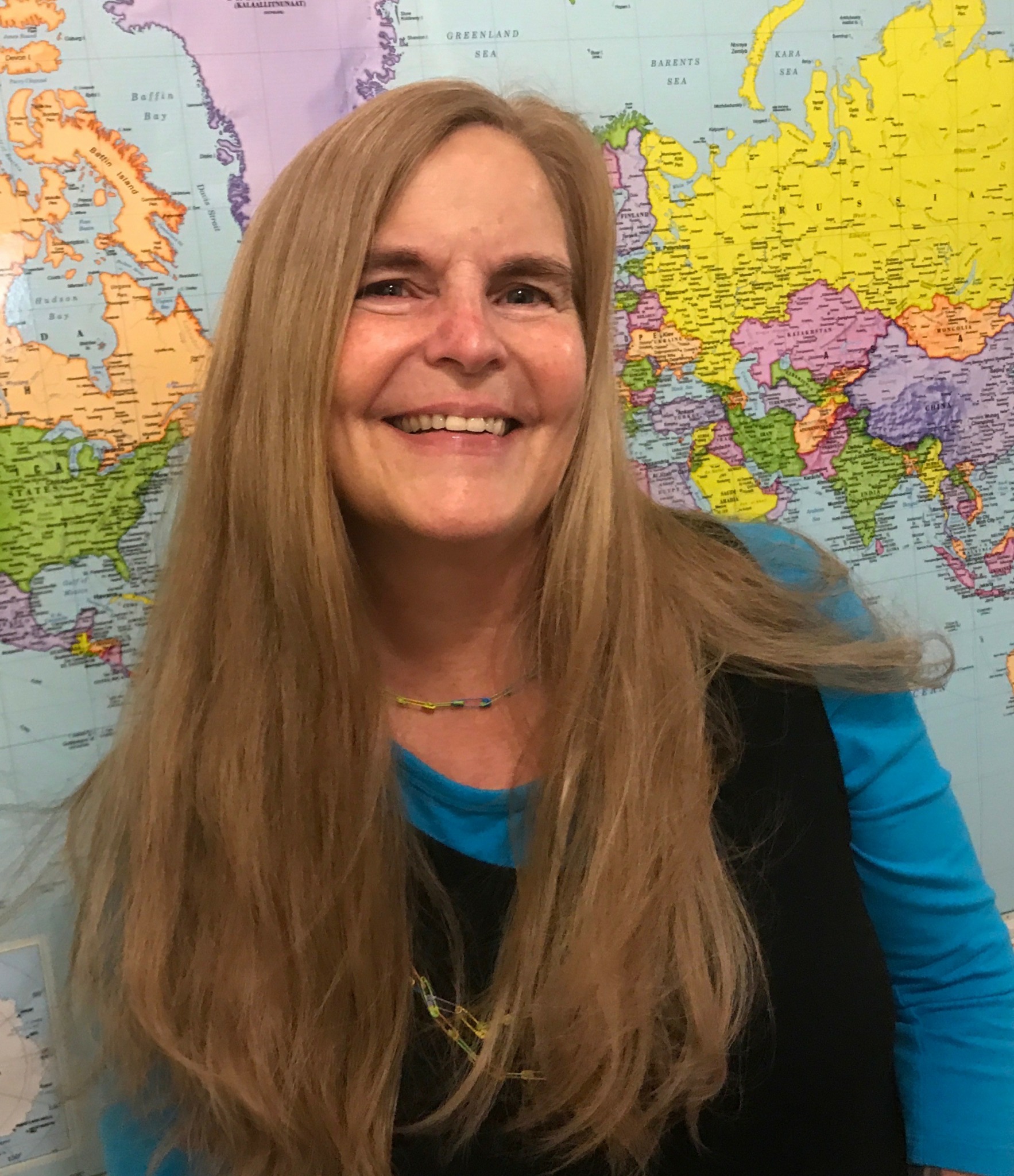We caught up with the brilliant and insightful Sal Strom a few weeks ago and have shared our conversation below.
Hi Sal, thanks for joining us today. We’d love to hear about a project that you’ve worked on that’s meant a lot to you.
Dropping Like Flies (WWII Veterans). My father, a decorated WWII fighter pilot was also a scholar. He left a 3″ binder full of letters detailing his experiences. After the first time I read them, I did a project “Face the Free” (1995), focused on nudes with guns reflecting his passion for flying juxtaposed with the torment of killing women and children. That series got “Critics Picks” in The Oregonian. I knew I had achieved my mark when a woman who came into the gallery commented “I came into the gallery because of the beautiful art, then realized the subject matter was awful.” The medium was colorful soft pastels on rag paper with text from his letters.
I returned to the letters in 2007 after my first brain tumor and first brush with death. I began researching WWII veterans.. The end project consisted of over 100 interviews conducted in 24 different states. The interviewees included Navaho Code Talks, Women’s Air Service pilots, Tuskegee Airmen, men from all branches of US military service and even members of Hitler Youth. Hour-long conversations were highlighted in 3-to-9 minute experimental videos incorporating up to 13 layers of complementary content.
My brain tumor put a fear of death in me. I did this project to understand how people who had stared death in the eye and survived dealt with the aftermath. These brave people enlightened and encouraged me to keep pushing on in spite of my health issues.
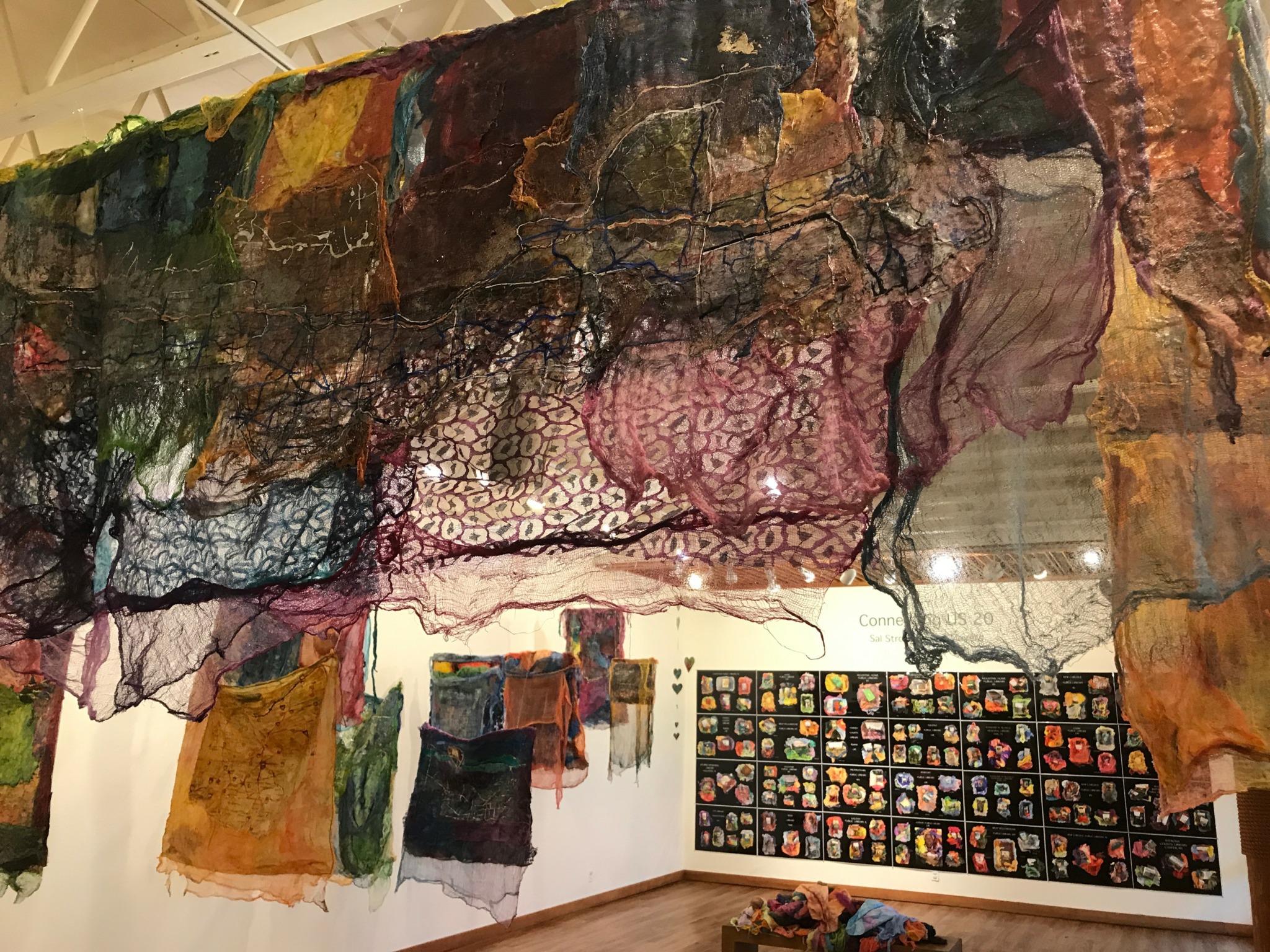
Sal, love having you share your insights with us. Before we ask you more questions, maybe you can take a moment to introduce yourself to our readers who might have missed our earlier conversations?
I am a salty Oregon Coasty who grew up in a bar called the Sea Hag. In the back booth, I would make art until 2:30 AM. Since then, I’ve always painted at night. Like the darkness, my art investigates and exposes what we try to hide.
When people drink, they tell intimate stories, which were my earliest inspiration. Over the course of my lifetime, I’ve created a traveling art show at 20 libraries coast to coast, made experimental videos based on oral histories with 100+ WWII veterans, and introduced an art as therapy program in Romanian orphanages.
Danger and beauty were all part of my childhood “living theater.” My figurative and abstract art is inspired by movement – the slapping of wind, the blur of people all around, the resistance to containment. I paint with layers, experimenting with texture using razor blades, stencils, collage, and cutting up paintings to re-appropriate into new ones. I believe in the creative power of destruction.
Color is my therapy. I talk to my colors, and they speak back. In the Romanian orphanages, my greatest longing was to bring color to the children’s dreams.
Now I am most interested in art as ecology. After a second brain tumor, I’ve been fascinated by mushroom coffins as a way to sustainably compost bodies. Through Eco-Play, I’m exploring how mycelium can be used as a way to battle the climate crisis. Through my art and activism, I hope to leave a healthier environment for my grandchildren.
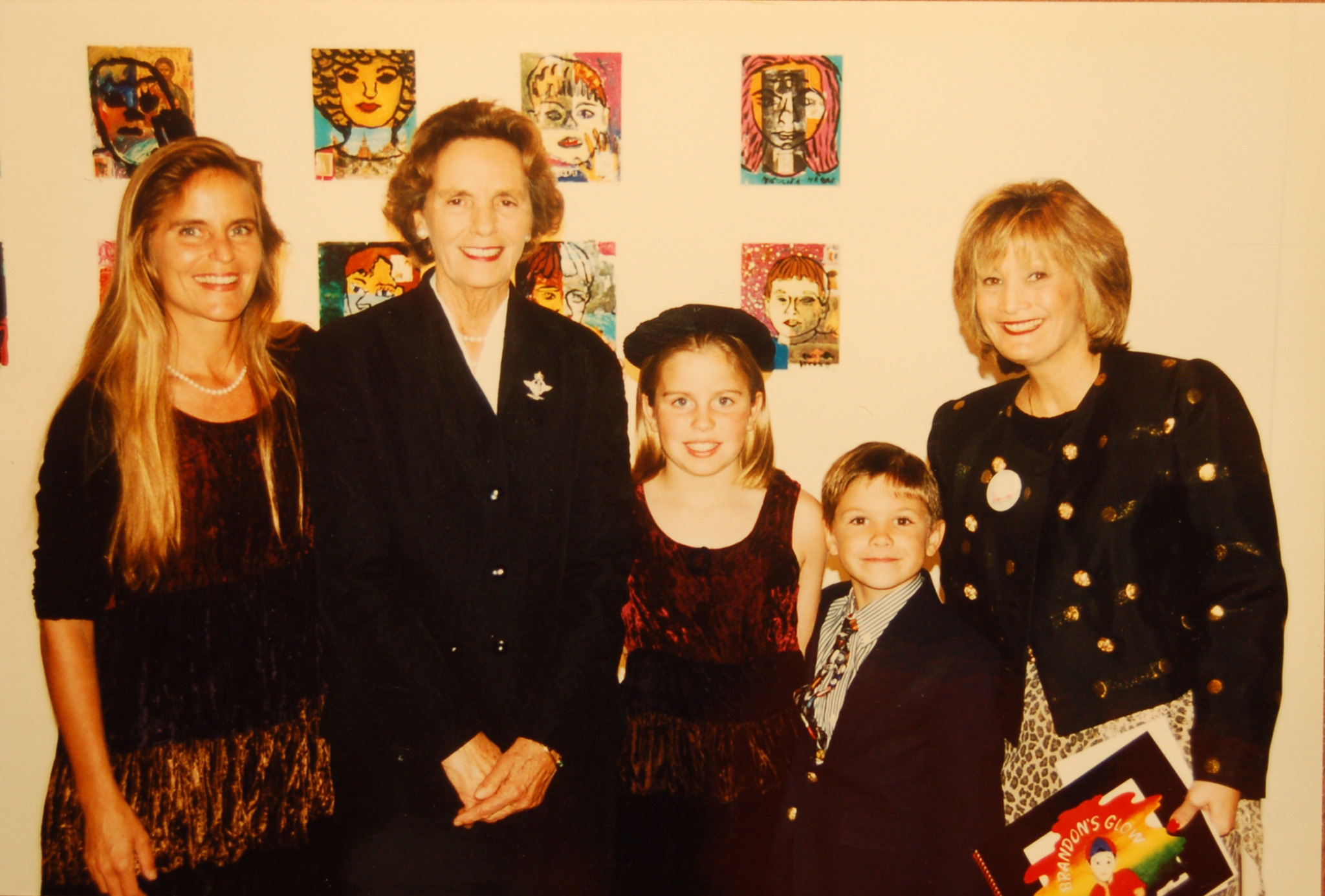
What do you think is the goal or mission that drives your creative journey?
Yes. I believe the world is aflush with beautiful paintings. I want my work to have lasting social/political meaning. I see my work as that of a cultural anthropologist. I strive for my work to involve the viewer. I spent 20 years doing beautiful, colorful, salable paintings. I reached a turning point during my pursuit of a Masters in Fine Art where the focus was on making unique, individual work. My goal is to innovate and educate. My current series is intended to educate the viewer on ways to deal with the growing climate crisis.
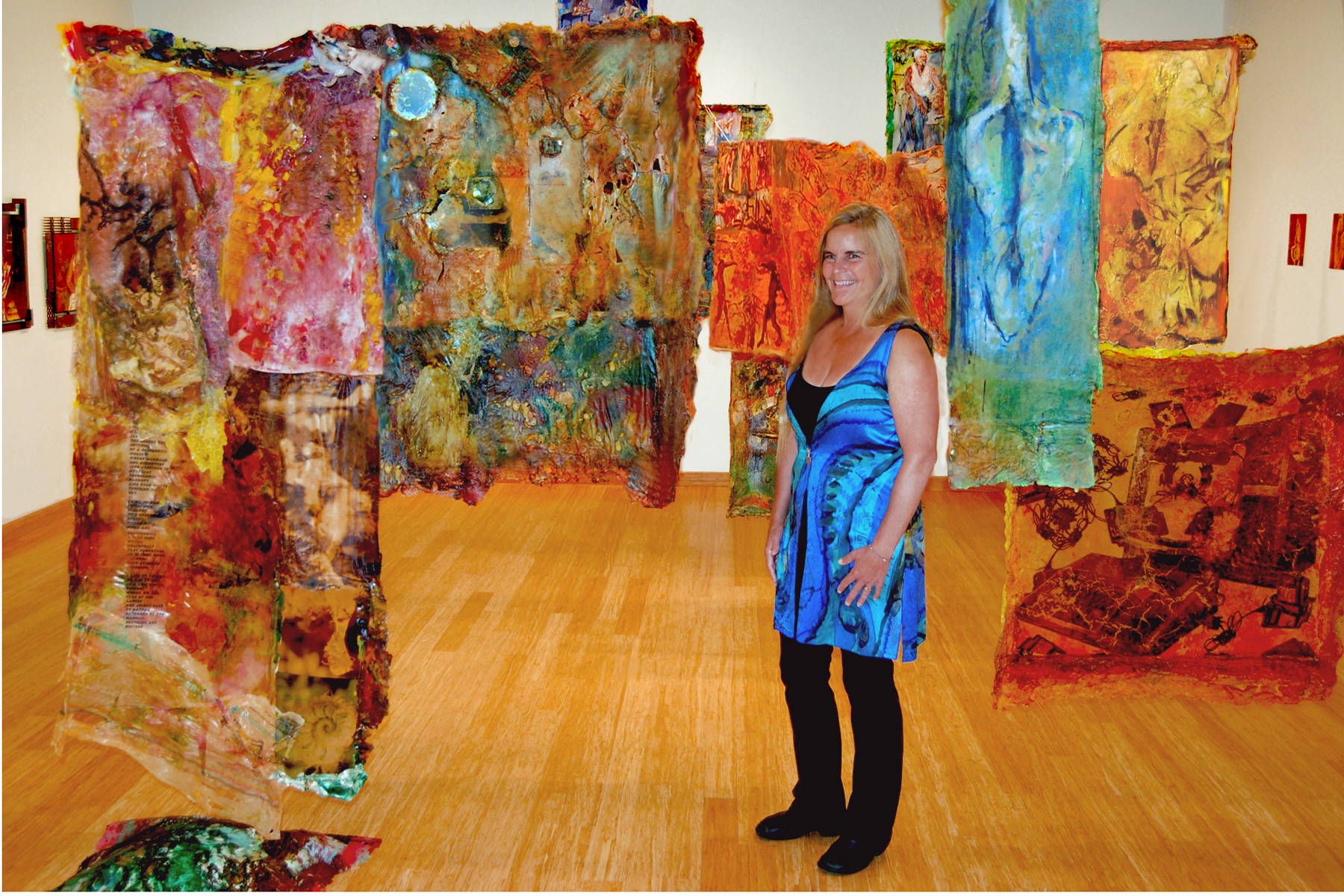
Is there something you think non-creatives will struggle to understand about your journey as a creative?
During my Masters, my biggest complaint was that they didn’t teach us how to make money from our work. At that point it became a decision between figuring out how to make money or pursue my passion of raising social awareness and educating others. There are many types of currency in life and I feel my currency is life energy bringing people joy and coping mechanisms for societal issues.
Contact Info:
- Instagram: https://www.instagram.com/sal_strom/
- Facebook: https://www.facebook.com/strom.sal


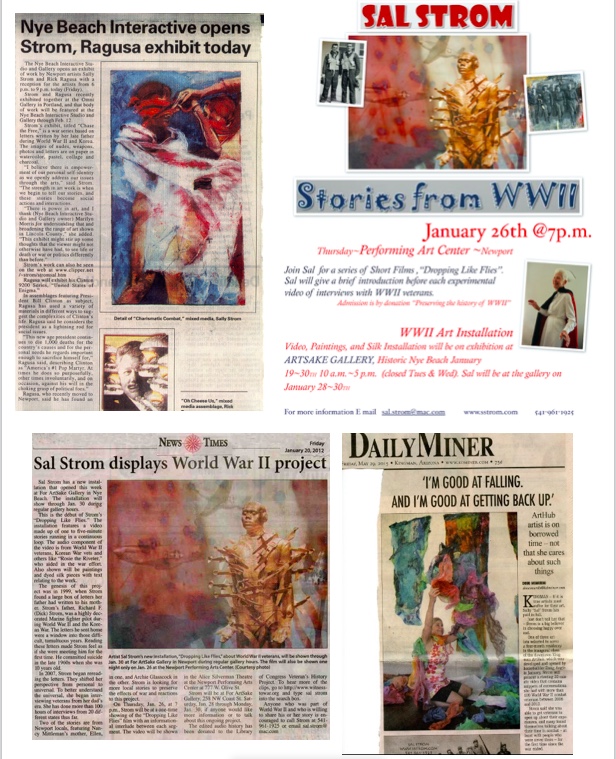
Image Credits
Lynn Moyers


